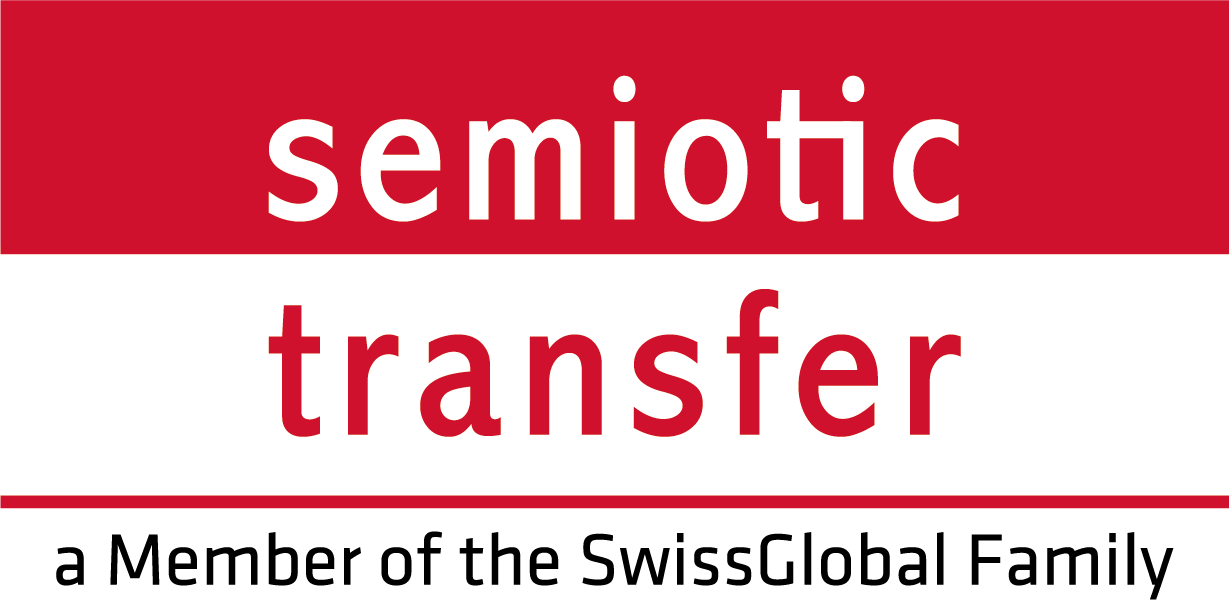Did you know that your customers are more likely to buy a product or sign up for a service if the information about it is written in their native language? In other words, your potential customers are going to feel more encouraged to buy or book something if you’re speaking their language. That’s why it’s essential to invest in first-class marketing translations if you want to break into new sales markets.
Not all translations are the same
For specialist translations, such as legal, financial or technical translations, staying true to the original is key. It’s important to retain as much of the structure and sense of the source text as possible, because the target audience expects clarity and accuracy.
With marketing translations, you need to take a more creative approach to the source material to ensure it produces the desired effect in your specific target group. Marketing texts are designed to emotionally engage the consumer – and that should also be the case in the target language. This requires a different tack. The message must be adapted to the country or language region in question, as well as to the culture of the target market.
Here’s an example: ‘French press’ and ‘cafetière’ are both terms that refer to a type of coffee-making pot. However, you’ll only hear ‘French press’ in the USA and Canada; ‘cafetière’ is what people say in the UK. If you overlook this subtle difference, part of your audience is going to be left scratching their heads.
Which texts work best with marketing translation?
Texts that serve a commercial purpose, i.e. that attract the attention of potential customers and boost sales of products and services, are ideal. This includes:
- Marketing content
- Advertising campaigns
- Websites, banners and social media posts
- Claims, slogans and headlines
- Brochures and flyers
- Customer magazines
- Brand messages and presentation
- Product names
What to watch out for
Matching text and image to the target group forms the foundation of top-class marketing translations. On top of all of these elements, it’s also important to ensure that the communication goals, tone of voice and corporate language remain consistent and reflect your company. Alongside linguistic accuracy, the following aspects need to be considered:
- Cultural differences
- Consumer preferences
- Images, symbols and colours
- Humour and jokes
- Idioms and metaphors
- Use of local keywords
- Slang and language conventions
The result is not just a copy of the original, but a new text that is relevant to the target group. How much the translator adapts the source text depends on your strategy and aims. Active communication between all parties involved and involving a translation service provider at an early stage of your process guarantees added value for your company. Remember – top-class translations help to boost your image; bad translations damage your image and your reputation.
So reap the benefits with SemioticTransfer!
Marketing translations are in a class of their own. They ensure that your message gets across, and help you stand out from the crowd and appeal to your target group with relevant content.
Do you want to open up new worlds? Then you’re in the right place with SemioticTransfer. Our translators are professionals at juggling languages and are well-versed in the customs and cultural environment of your target culture. Invest in your future. Get in touch now for a non-binding quote.

